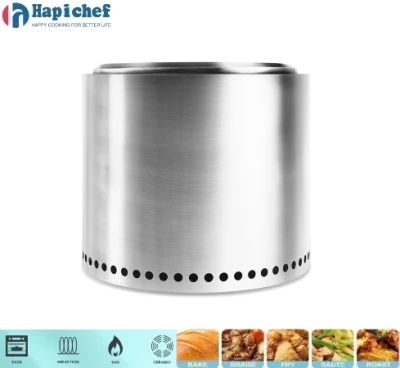Finding Suppliers for Curing Cast Iron Cookware and Essential Tips
Curing Cast Iron Cookware The Ultimate Guide for Suppliers
Cast iron cookware is cherished by chefs and home cooks alike for its durability, heat retention, and natural non-stick properties when properly treated. Curing, or seasoning, cast iron is a critical process that enhances its cooking performance and longevity. Suppliers of cast iron cookware play a vital role in educating their customers about the best curing practices, ensuring both the producers and consumers enjoy the full benefits of this iconic kitchen essential.
Understanding the Curing Process
Curing cast iron involves applying an oil coating to the cookware and heating it to create a polymerized layer. This layer not only protects the iron from rusting but also provides a natural non-stick surface. The most commonly used oils for curing are vegetable oils, flaxseed oil, and canola oil. Each oil has different properties, affecting the curing process and final finish of the cookware. Suppliers should recommend oils that are high in unsaturated fats, which polymerize more effectively, yielding a smoother and tougher coating.
Step-by-Step Curing Instructions for Customers
As a supplier, it is essential to provide customers with clear, step-by-step instructions on how to cure their cast iron cookware. Here’s a straightforward guide to share
1. Cleaning New cast iron cookware should be thoroughly washed with hot, soapy water to remove any factory residue. This is typically the only time soap is used; subsequent cleanings should be done with water and a stiff brush. 2. Drying After washing, it's crucial to dry the cookware immediately. Any moisture can lead to rust, so placing the pan on a low heat on the stove for a few minutes is an effective way to ensure it’s completely dry.
3. Applying Oil Once the cookware is dry, a thin layer of oil should be applied. Using a paper towel, spread the oil evenly across the surface, including the handle and outer part. Customers should be reminded that less is more; excessive oil can lead to a sticky film instead of a smooth finish.
curing cast iron cookware suppliers

4. Heating Preheat the oven to around 375°F (190°C) and place the cookware upside down on the middle rack, with a baking sheet or aluminum foil on the lower rack to catch any drips. Bake for about an hour to allow the oil to polymerize.
5. Cooling After an hour, turn off the oven and let the cookware cool inside. This cooling phase is important for the durability of the seasoning layer.
Maintenance and Re-Curing
To maintain the non-stick surface, advise customers to avoid cooking acidic foods, which can break down the seasoning. Instead, encourage them to regularly re-season their cast iron, especially after cooking sticky or high-fat foods. Over time, with proper use and care, the seasoning of cast iron cookware can develop a rich, dark patina that enhances its non-stick properties.
The Supplier’s Role
As suppliers, it's vital to not only provide high-quality cast iron cookware but also to educate customers on its care and maintenance. Offering workshops, informational brochures, or online resources can help customers feel more confident in the kitchen and increase their satisfaction with their purchase. By prioritizing customer education about curing and caring for cast iron cookware, suppliers can foster a loyal customer base that appreciates the craftsmanship and longevity of their products.
In conclusion, curing cast iron cookware is an art that enhances its utility in the kitchen. By guiding customers through the curing process and emphasizing proper maintenance, suppliers can ensure that their cast iron cookware remains a cherished tool in homes for generations. With the right information and support, both suppliers and customers can enjoy the timeless beauty and functionality of cast iron cookware.
-
Why Every Kitchen Needs a Casserole Cast Iron DishNewsJun.24,2025
-
Experience the Tradition and Quality of Cast Iron CookwareNewsJun.24,2025
-
Double Sided Cast Iron Grill PanNewsJun.24,2025
-
Cast Iron Dutch Ovens You’ll Actually UseNewsJun.24,2025
-
Buy Cast Iron Griddle for Everyday CookingNewsJun.24,2025
-
Barbecue Iron Grill Cooking PowerNewsJun.24,2025
-
Standard Product Lines from Cast Iron Cookware SuppliersNewsJun.11,2025
